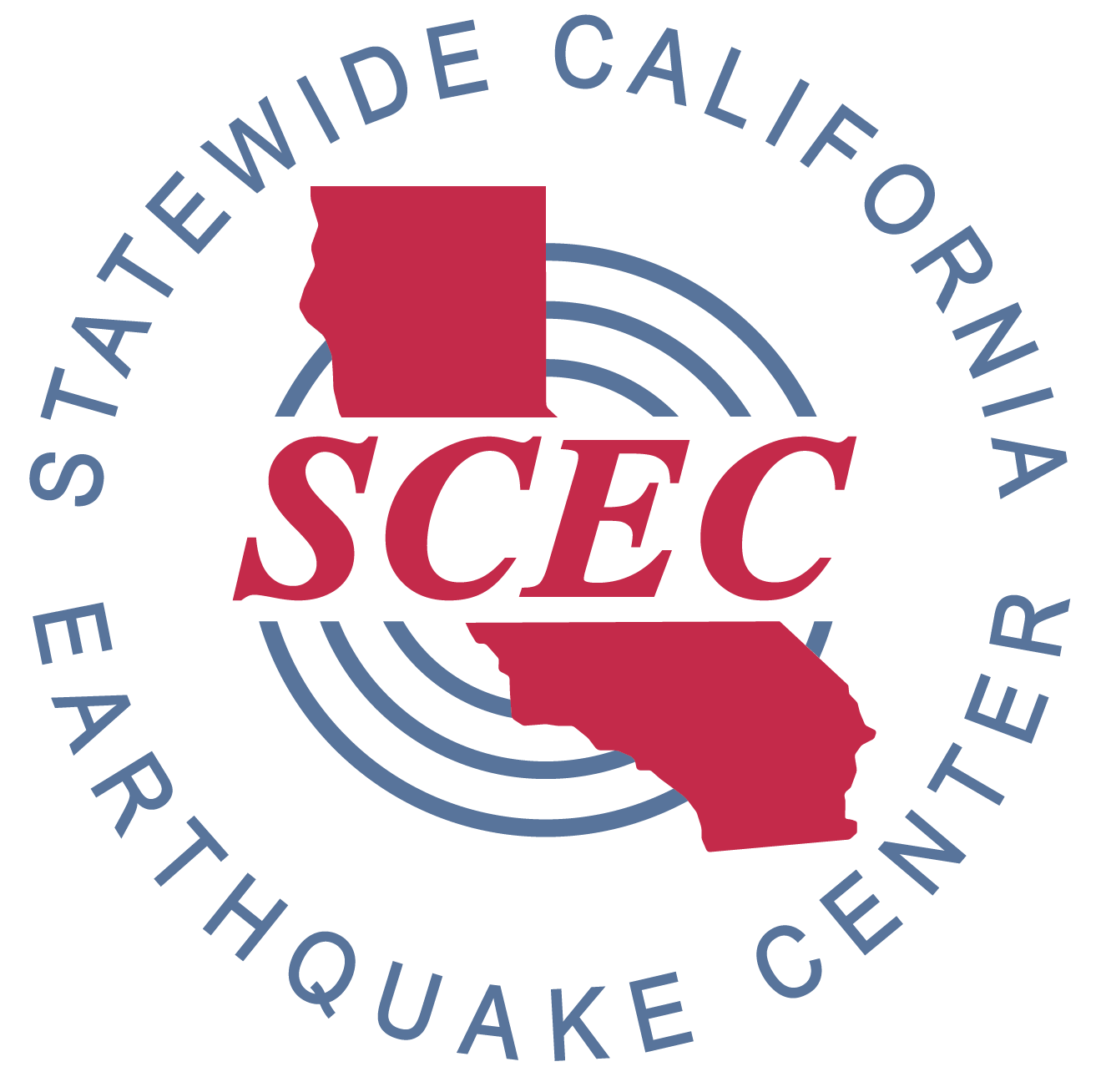- ▾ ShakeOut Regions ▾
- Alaska
- American Samoa
- Arizona
- British Columbia
- California
- Central U.S. (AL AR IA IL IN KS KY LA MO MS NE OH OK TN)
- CNMI
- Colorado
- Guam
- Hawaii
- Idaho
- Japan
- Montana
- Nevada
- New Mexico
- New Zealand
- NorthEast U.S. (CT MA ME NH NJ NY PA RI VT)
- Oregon
- Puerto Rico
- Quebec & Eastern Ontario
- SouthEast U.S. (DC DE FL GA MD NC SC VA WV)
- Texas
- Upper MidWest U.S. (MI MN ND SD WI)
- U.S. Virgin Islands
- Utah
- Washington State
- Wyoming
- Yukon
- Other Countries

Schools Preparedness Materials
What we do now, before the earthquake, will determine what our lives will be like after. There are many things schools can do to evaluate and increase their earthquake preparedness before the ShakeOut:
Download a self-survey for your planning purposes to check your current level of preparedness and get ideas on how to better prepare your school or district for California’s next big quake.
View videos of the seminar and download materials from a School Seismic Safety Seminar in April, 2008, that discussed many topics of school earthquake preparedness.
Visit MyHazards (California Governors Office of Emergency Services) to discover the hazards that exist in your area and learn how to reduce YOUR risk!
Then review the following suggestions and identify what can be done soon:
- Encourage your staff and parents to get ready: The Seven Steps to Earthquake Safety is a good source for things individuals and families can do to prepare.
- Do a facility inspection for non-structural items (bookshelves, equipment, etc.) that might fall and injure students and staff. Move or secure them to provide a safe teaching environment.
- Develop, review or exercise your Continuity of Operations plan with employees to identify and practice their responsibilities.
- Create or review your employee contact lists and communication plan.
- Locate utility shut off valves; make sure employees know the location, procedure and responsibilities.
- Inventory special skills within your school that would be useful in a disaster (amateur radio operator, search and rescue, etc.)
- Invite your local Fire Department to your next meeting to explain earthquake safety practices and demonstrate fire extinguisher use to employees.
- Include your critical need vendors in disaster planning. Create post-disaster agreements.
- Check the school’s emergency supplies to make sure that they are accessible and functional. Organize or refresh your emergency equipment - fire extinguishers, first aid, flashlights, food, crank radios, satellite phones, generator, fuel; make sure staff know the location and how to utilize supplies. Need information? Check the American Red Cross website.
- Be prepared for the possibility that your students and staff may need to shelter in place for 2 – 3 days.
- Store at least one gallon of water per person, per day.
- What other supplies might you need if transportation routes were blocked and employees or customers needed to remain in your facility for an extended length of time?
- Identify any structural weaknesses in your school buildings, especially if you are at a private or charter school that may not be subject to stricter state guidelines of the Field Act. Ask a local earthquake retrofitting contractor for a structural inspection, and develop a plan to address them. If you rent your facility, ask the building owner about the state of the building.
- Learn to access and use California Integrated Seismic Network earthquake tools. CISN identifies the strength and location of earthquakes to assist you in making response decisions.
- Promote first responder and Community Emergency Response Team (CERT) training for your staff.
- Provide non-English speaking members of your community with written preparedness information in their language.







